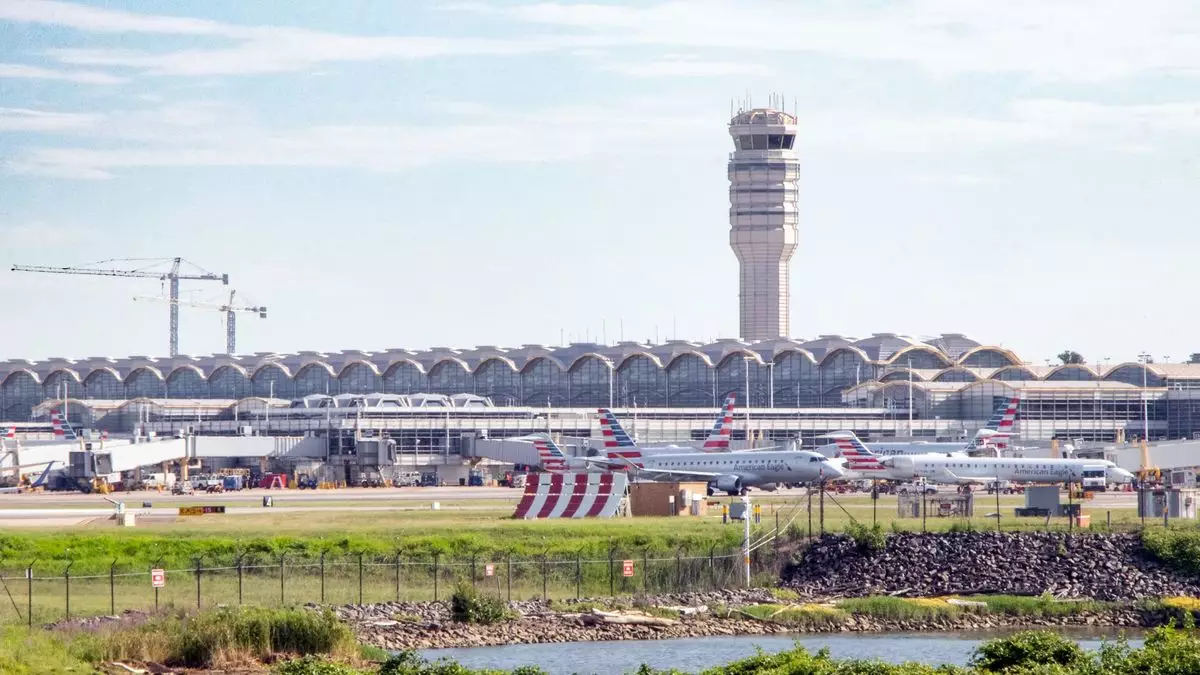The U.S. Department of Transportation (DOT) has released a provisional list of airlines to receive five coveted daily slot pairs for routes extending beyond the 1,250-mile perimeter from Washington Reagan National Airport. This announcement marks a significant moment for both the airlines and passengers alike. Alaska Airlines is set to commence service to San Diego, while American Airlines will introduce flights to San Antonio, Texas. Delta Air Lines has secured flights to Seattle, Southwest Airlines will operate to Las Vegas, and United Airlines is slated to fly to San Francisco. These developments arise from the recent FAA reauthorization legislation, enacted in May, which aims to provide new opportunities at the often congested Reagan National Airport.
In line with federal regulations, all other flights from Reagan National must adhere to the set 1,250-mile rule, which notably permits major destinations like Minneapolis and Dallas but excludes many regions in the western U.S. The awarded slot pairs are not only a golden opportunity for the airlines involved but also showcase the competitive nature of the aviation industry, where others have struggled to secure these prized slots. Airlines like JetBlue, Spirit, and Frontier submitted applications but unfortunately did not make the cut. This decision highlights not only the competitive positioning of established airlines but also the regulatory framework that governs air travel in and out of one of the nation’s busiest airports.
Controversy and Criticism
The decision has garnered mixed reactions, especially from the airlines that were passed over for the slot allocations. For instance, both Spirit and Frontier’s aspirations to expand service to San Juan faced a disappointing outcome. The DOT’s ruling indicated that neither airline met the eligibility criteria as they lack sufficient operations within the perimeter to qualify as incumbents. This aspect of the regulations has sparked a dialogue regarding the fairness and effectiveness of the existing perimeter rules, and whether they sufficiently promote competition or inadvertently stifle it by favoring larger, established airlines.
Next Steps and Future Considerations
After this preliminary ruling, the opportunity remains for interested parties to voice objections within the coming two weeks. This could take the decision in new directions, reflecting the dynamic nature of regulatory processes. Importantly, once the DOT’s decision is finalized, airlines will have a 90-day timeframe to commence the new routes. This timeline is crucial for market planning and for the airlines to strategize promotional activities to attract travelers.
The awarded slot pairs are expected to enhance connectivity for passengers and potentially stimulate competition among airlines. However, future dynamics could also shift depending on public response and airline performance post-launch. The implications of this decision extend beyond immediate travel options; it can influence capacity management and operational strategies significantly. In an evolving aviation landscape, ensuring fair access and effective competition remains a top priority for regulators and the industry at large. As airlines gear up for their new routes, the ultimate test will be their ability to innovate and adapt in a marketplace that is continuously changing.


Leave a Reply